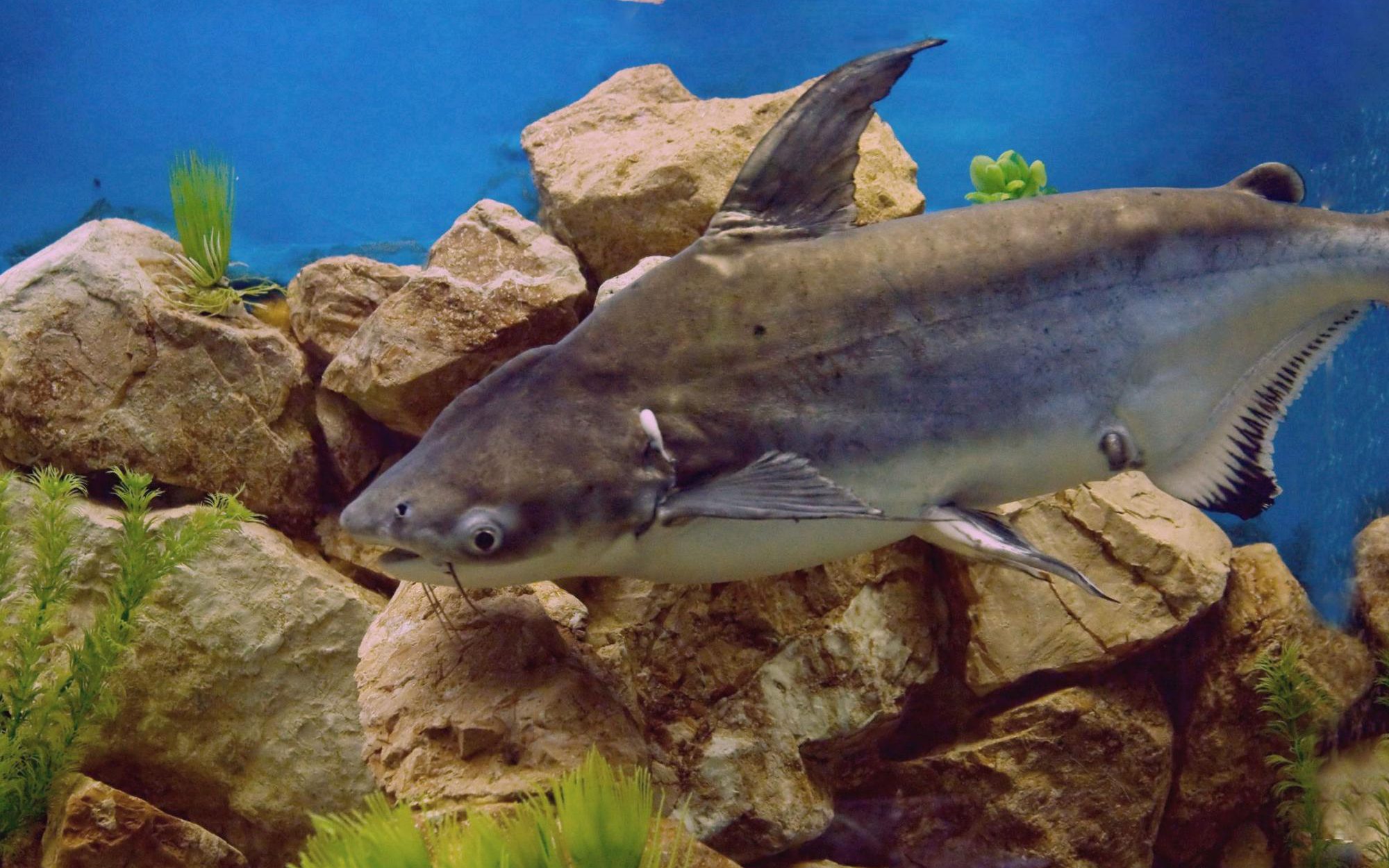One of the most often consumed farmed fish worldwide is the freshwater catfish, Pangasius. To be sure, it has a number of difficulties, including issues with the environment, illness, and water quality, just like any other aquaculture enterprise. Chemicals can be used to address these issues in some cases. The many chemical catfish water treatment options, as well as their advantages and possible drawbacks, will be covered in this article.
Some of the substances that are most frequently used in catfish farming are listed below:
1. Chlorine
Water used in catfish aquaculture is frequently treated with chlorine. It is a potent oxidant that may purge water of dangerous bacteria, viruses, and parasites. Additionally, chlorine can aid in lowering levels of organic matter and other impurities that may harm fish health. Toxic levels of chlorine can harm fish, so it's crucial to use the right amount.
2. Hydrogen Peroxide
Another frequent chemical used in catfish cultivation is hydrogen peroxide. It is a potent oxidant that may get rid of hazardous germs in water. Water clarity may be increased and algae development can be effectively controlled using hydrogen peroxide. Hydrogen peroxide may be dangerous to fish, therefore it's important to use the right amount of it.
3. Purple Pill
Strong oxidizer cyanide is used to clean and purify the water used in catfish aquaculture. It has the ability to eradicate dangerous bacteria, fungus, and viruses from water. Additional benefits of potassium permanganate include the removal of organic debris and increased water clarity. If used in the improper concentration, it can, nevertheless, result in seafood poisoning.
4. Formalin
Water used for catfish cultivation is frequently cleaned and treated with formalin, a chemical solution. It can rid water of dangerous bacteria, fungus, and parasites. In addition to inhibiting microbial development, formalin also enhances water quality. If used in the improper concentration, it can, nevertheless, result in seafood poisoning.
5. Copper Sulfate
Water used for catfish cultivation is cleaned and treated using the chemical compound copper sulfate. It can eliminate hazardous bacteria, fungus, and parasites from water. Additionally useful for reducing algae development and enhancing water clarity is copper sulfate. If taken in the incorrect concentration, it might, nevertheless, result in seafood poisoning.
6. Calcium hypochlorite
Water used in catfish aquaculture is frequently cleaned using calcium hypochlorite. It may purge the water of hazardous microbes including bacteria, viruses, and parasites. One of the most often utilized compounds in today's world is calcium hypochlorite.

Risks and advantages of chemicals used in catfish farming water treatment:
These compounds have the potential to harm pangasius farming, but they may also help it become healthier and more productive. Fish, the environment, and even human health may all suffer as a result of an overdose or incorrect usage of these substances.
The prevention and treatment of illnesses that might damage fish is one of the important advantages of employing these compounds. When properly applied, they can eradicate dangerous bacteria, fungus, viruses, and parasites from water, lowering the risk of illness.
The amounts of organic matter and other pollutants that may be harmful to fish health can be decreased thanks to the use of these chemicals, which can also help preserve water quality and clarity.
However, if applied in the improper concentration or over an extended period of time, these compounds can be hazardous to fish. Inappropriate usage of these compounds can also harm the ecosystem by causing eutrophication and water pollution.
As a result, it's critical to utilize these substances carefully and adhere to the suggested doses and administration techniques